How to prevent accidents on construction sites
5 strategies to improve health and safety and reduce costs
Construction sites are energetic and frenetic places. They are also places where the risk of accident, injury and even fatality is high. It’s the nature of the beast – heavy equipment, noise, tools, the materials in use and the site itself present many hazards.
There are more fatalities because of workplace accidents in the construction industry than any other. In 2017/18, the UK construction industry suffered 38 workers’ deaths because of workplace accidents. In addition, according to HSE construction statistics, in 2017:
- There were 58,000 work-related injuries
- 30% of these caused an absence of more than three days
- 24% resulted in an absence of seven days or longer
Though these numbers have been falling steadily in recent years, more can be done to prevent accidents on construction sites. In this article, you’ll learn five strategies to help reduce incidents on your construction sites.
What are the most common accidents on construction sites?
In 2017/18, there were 4,919 non-fatal injuries to employees on construction sites. Understanding the causes of these injuries is the first step to reducing them. The most common causes of accidents on construction sites are:
·Falls from height
In first place, and causing a third of all construction site accidents, is falls from height. Typically, these happen because of unsecured ladders or scaffolding (or failing to follow basic scaffolding regulations). Common injuries include broken bones, back injury and death.
·Slips, trips and falls on the same level
In a close second place, and the cause of 30% of construction site accidents, is slips, trips and falls on the same level. Loose cables, unmarked holes, and equipment left laying around are common reasons for these accidents. The types of injury sustained range from cuts and bruising to fatality, depending on the worker, how and where they fell, and how they landed.
·Injuries caused by handling, lifting and carrying
Typically, these types of injury are caused by poor technique or inappropriate training. Injuries may occur suddenly or over a period of time, and are most commonly either back or musculoskeletal disorders. The risk of accidents is increased by factors such as carrying loads that are too heavy, tasks involving awkward posture, and man-handling materials on uneven ground.
·Struck by moving or flying/falling objects
Materials falling from above, often when being transferred between tiers of scaffolding, are also a major cause of injury. Moving objects, such as those on cranes, can hit an injure workers, too. Typical injuries range from cuts and bruises to brain damage and death, and one of the main causes of this type of injury is poor communication.
·Vehicles
Accidents caused by construction site vehicles tend to fall into three main categories:
- Poor vehicle maintenance
- Poor driver training and work practices
- Poor communication
On construction sites, an accident involving a vehicle is likely to lead to a serious injury, leading to loss of productivity and compensation claims which the constructor is likely to lose. (See our post “Workplace transport safety checklist” for advice about vehicle maintenance to improve your health and safety processes.)
·Defective equipment
Poorly maintained tools and equipment are likely to malfunction and cause injury. If this happens, it will be deemed the owner’s responsibility. If you have supplied equipment and it causes injury because it has been poorly maintained, you will be liable for compensation.
·Excessive noise
OK, construction sites are generally noisy places. There is not a lot you can do about this – it’s not like you can reduce the noise by wrapping everything in cotton wool! However, you should provide ear defenders to help protect workers from the long-term damage caused by exposure to excessive noise.
Strategies to prevent accidents on construction sites
There are five main strategies that will help your site to reduce accidents – perhaps even become accident free.
1. Plan to reduce the risks from on-site hazards
Before work is started, inspect the site and take action to make your workplace safer:
- Conduct a health and safety audit
- Make sure your employees understand the hazards on-site
- Carry out health and safety risk assessments
- Create a culture of health and safety in your construction business
By recognising and understanding the hazards that exist, you can plan to prevent the risks turning into accidents and injuries. This plan should be incorporated into training and team meetings.
2. Provide health and safety training to employees and contractors
Health and safety training should be provided to all employees, no matter their experience. Give general and site-specific training to educate workers on specific risks and how to reduce them. Remember that equipment and vehicles should only be operated by trained and qualified employees.
Your training should also include training in the policies and procedures that you have produced for every job and task on-site. As part of our health and safety consultancy services here at Integral, we helps companies like yours to meet their obligations to provide health and safety training that complies with the requirements of UK health and safety laws, rules and regulations.
3. Raise awareness with regular team meetings
Frequent team meetings are an opportunity to ensure that all workers are aware of the hazards and risks they face, and the measures and precautions they should take to mitigate them.
Make it best practice to discuss the need to be alert, discuss accidents that have occurred and how they could have been prevented, and make sure that all workers understand their role in prevention of accidents while working on the construction site.
4. Supply personal protective equipment (PPE)
PPE is essential on construction sites, and there is a legal obligation to provide it where necessary. PPE is used as a last resort in the workplace, after all other options to eliminate the risk have been exhausted.
On construction sites, it is impossible to eliminate many hazards and risks, and so the use of PPE will help to keep your workers safe. PPE that may be required includes:
- Hard hats – to protect the head from falling/flying objects and collisions
- Hi-vis clothing – to increase visibility
- Gloves – to protect hands from sharp objects, hazardous substances, and when handling equipment and materials
- Safety footwear protective toe caps – to protect feet from heavy and sharp objects
- Safety goggles – to protect eyes from flying debris
- Ear defenders – to help prevent ear injury from excessive noise
Remember, PPE will not eliminate hazards, but is designed to reduce the seriousness of injuries should an accident occur.
5. Keep the construction site tidy
It is difficult to keep construction sites tidy, but every effort should be made to do so. Making sure tools are stored away and that materials are not strewn around will help to prevent slips, trips and falls. Hiring a labourer to keep a site tidy could help to reduce accidents, injuries and expensive compensation claims.
Make sure, too, that scaffolding is erected properly, ladders are secured, and guardrails, toe-boards and nets are used as necessary.
In summary
The HSE has estimated that the cost of workplace injuries and work-related ill health in the construction industry totalled between £856 million and £1.27 billion in 2016/17. Around 400,000 working days are lost each year in construction because of injuries at work.
How many days is your construction business losing because of workplace-related injuries?
Contact Integral today for a no-obligation consultation, and learn how we can help you improve health and safety on your construction sites and reduce the financial impact to your business.
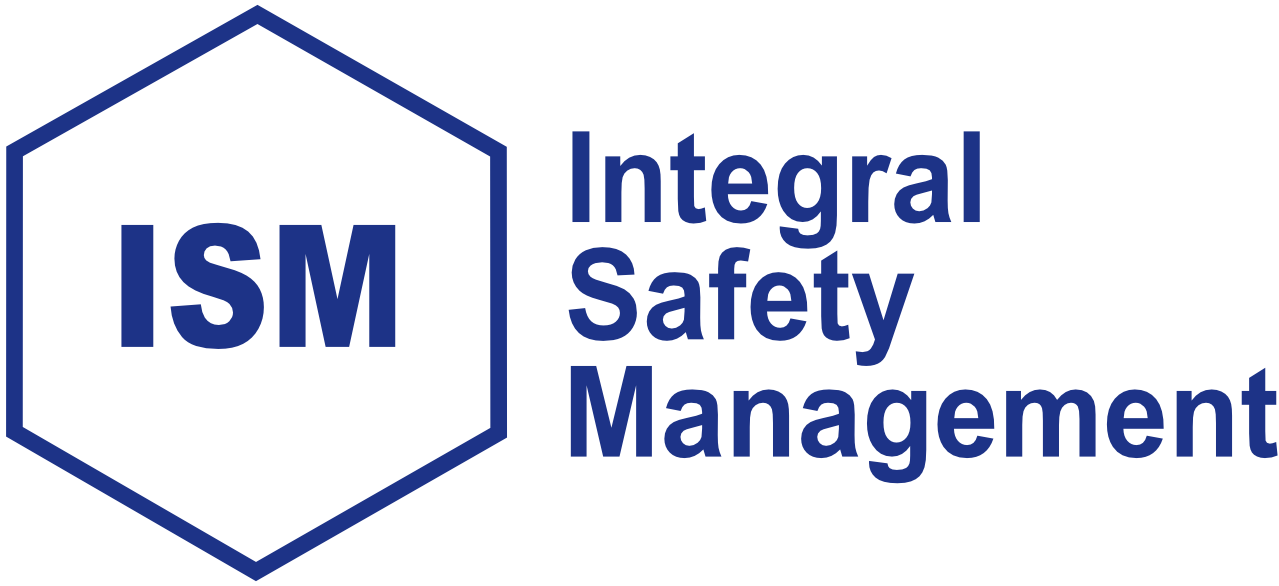
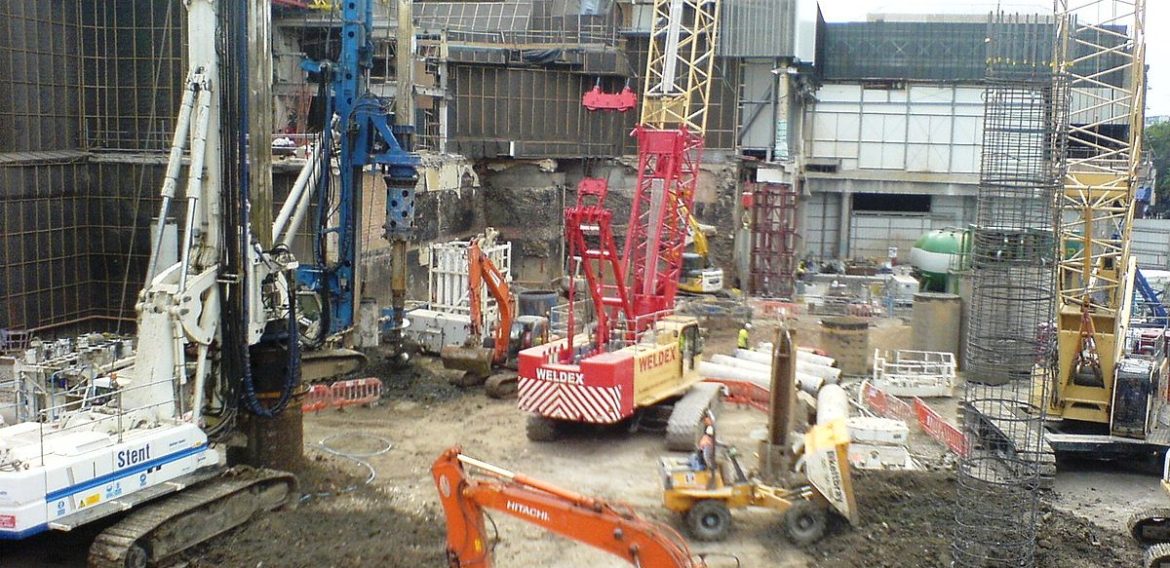
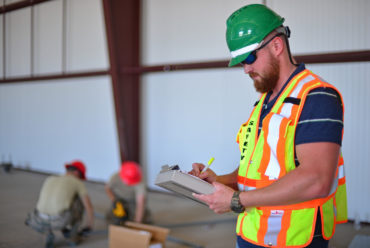


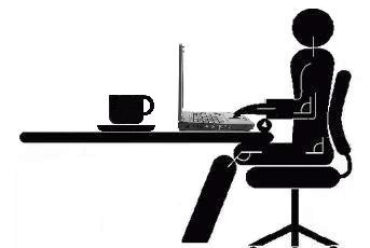
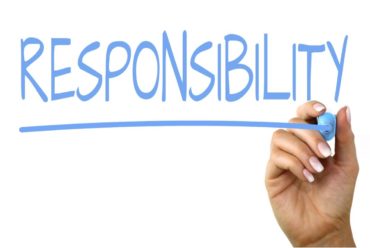
No Comments